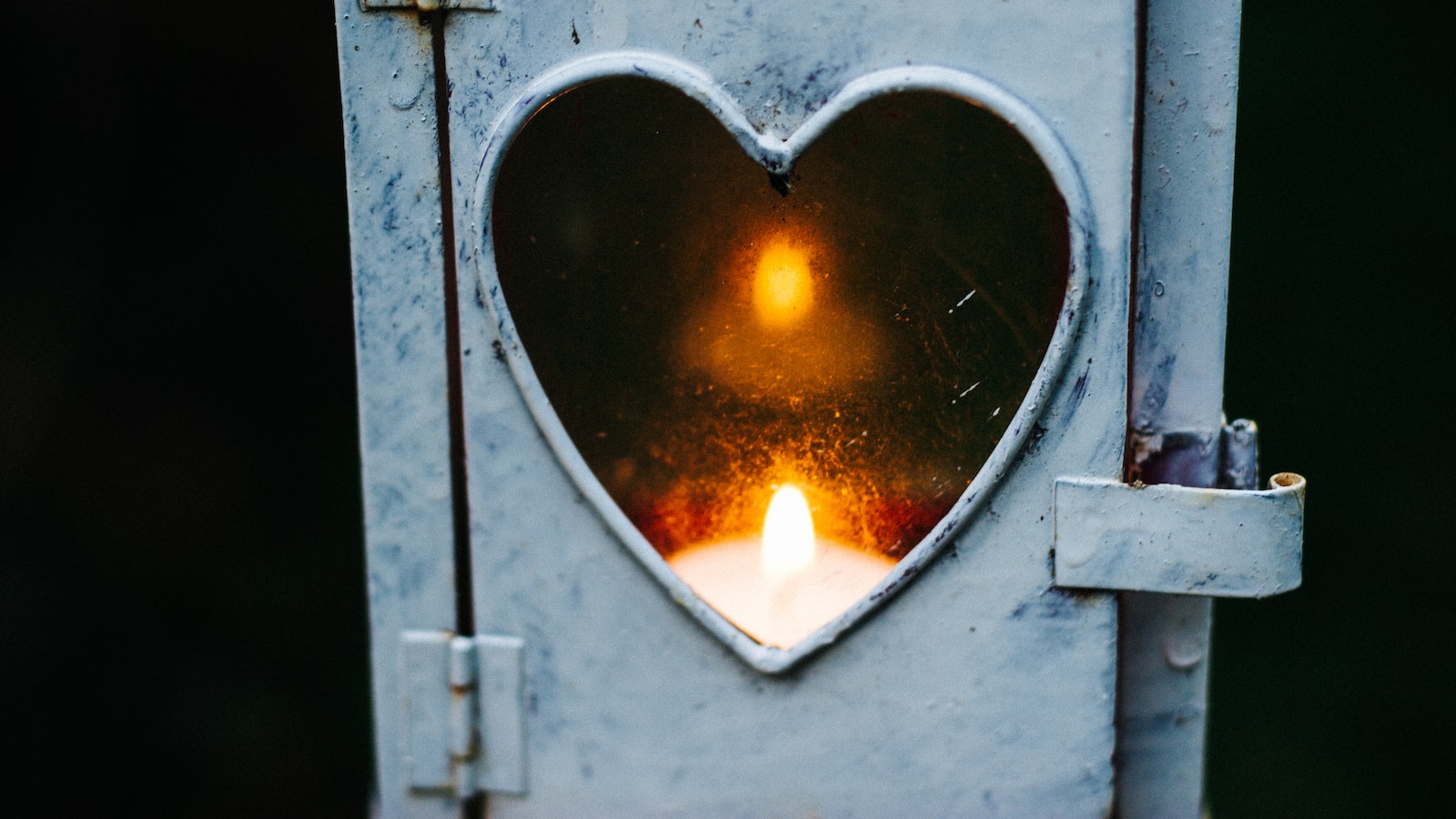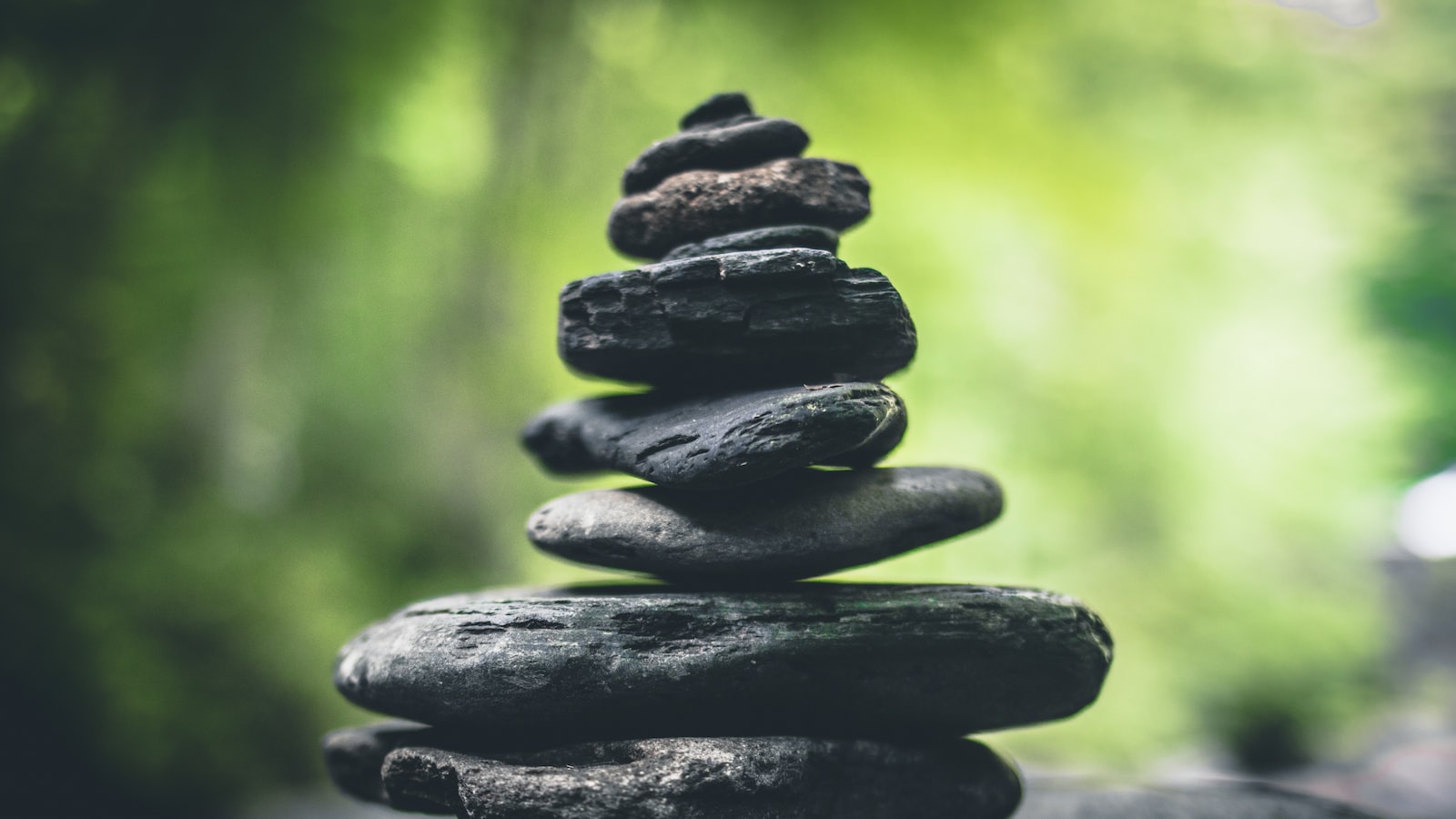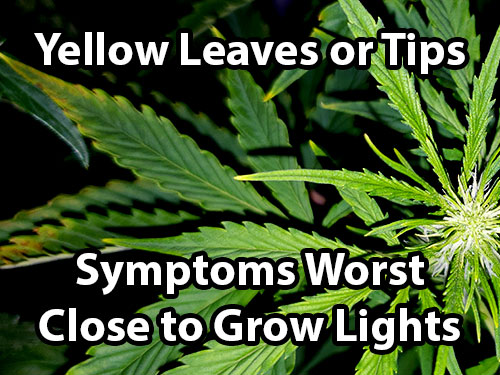In the boundless realm of horticulture, where ingenuity intersects with nature, a question often flickers through the minds of both seasoned gardeners and budding green thumbs alike — can a luminous grow light, designed to nurture the growth of plant life, inadvertently transform into a scorching inferno? As we delve into the depths of this captivating inquiry, let us embark on a botanical expedition to uncover the truth behind the mystifying relationship that exists between grow lights and the delicate flora dependent upon them. With a dash of curiosity and a glimmer of skepticism, we journey into the fascinating world of plant horticulture, where illumination dances on the precipice of devastation, and where fragile green souls can thrive or succumb to an uncertain fate.
Choosing the Right Grow Light: Understanding How Light Intensity Affects Plant Health
A common concern among plant enthusiasts is whether a grow light can actually burn their beloved greenery. This question arises from the understanding that light intensity plays a significant role in a plant’s overall health. To unravel this mystery, we must dive into the fascinating world of light intensity and its impact on plant well-being.
Understanding how light intensity affects plants requires a careful balance between providing adequate illumination for photosynthesis while avoiding any potential harm. While it is true that high-intensity grow lights, such as metal halide or high-pressure sodium bulbs, can potentially burn plants if placed too close, there are a few important factors to consider. First and foremost, different plant species have varying tolerance levels to light intensity, so it’s crucial to research and understand your specific plant’s requirements. Additionally, the distance between the plant and the grow light, as well as the duration of exposure, significantly influence the chances of burning. Monitoring the signs of stress, such as leaf discoloration or wilting, can help determine if the light intensity is too high for your plant.
To navigate the intricate world of grow lights and ensure your plants thrive, here are some key features and tips to keep in mind:
| Features/Tips | Description |
|---|---|
| Brightness Control | Look for grow lights that offer adjustable brightness levels, allowing you to tailor the light intensity to your plant’s needs. |
| Full Spectrum Light |
Choose grow lights that provide a balanced spectrum of light, encompassing all essential wavelengths required for optimal plant growth. |
| Research your Plant’s Tolerance | Every plant has unique light requirements. Prioritize understanding your plant’s specific needs and adjust the grow light accordingly. |
Efficiently choosing the right grow light and understanding light intensity’s impact on your plant’s health will not only prevent potential burning but also foster lush growth and vibrant foliage. Remember, finding the perfect balance in illumination is the key to flourishing indoor plants.

Preventing Light Burn: Factors to Consider When Installing a Grow Light
When it comes to growing plants indoors, many gardeners wonder if their beloved grow lights are capable of burning their plants. The short answer is yes, grow lights can indeed cause light burn if not properly installed and used. Light burn occurs when plants receive an excessive amount of light, leading to leaf discoloration, scorching, and even stunted growth. However, with a few simple factors to consider when installing your grow light, you can easily prevent light burn and ensure the healthy growth of your indoor plants.
First and foremost, it is essential to choose the right type of grow light for your specific plants. Different plants have varying light requirements, and using the wrong type of light can lead to light burn. Whether you opt for fluorescent, LED, or high-intensity discharge (HID) lights, make sure to research the lighting needs of your plants and invest in a light that provides the appropriate spectrum and intensity. Additionally, it is crucial to consider the positioning and distance between your grow light and plants. Keep a safe, recommended distance to avoid concentrated light hitting the leaves directly and causing damage. Using reflective surfaces or adjustable light fixtures can also help distribute the light evenly and reduce the risk of light burn.
| Features/Tips | Description |
|---|---|
| Light Spectrum | Choose a grow light with the appropriate spectrum for your plants’ specific needs. |
| Proper Distance | Maintain a safe distance between your plants and the grow light to prevent direct light exposure. |
| Reflective Surfaces | Use reflective materials or fixtures to evenly distribute the light and reduce the risk of light burn. |

Mitigating the Risk: Best Practices for Using Grow Lights Safely
When it comes to nurturing your indoor garden, harnessing the power of grow lights can be a game-changer. These artificial light sources ensure your plants receive the right amount of light to thrive, especially in spaces where natural sunlight might not be readily available. However, just like any other equipment, improper use of grow lights can pose risks to your precious plants. So, can a grow light burn a plant? Let’s explore the best practices for using grow lights safely to mitigate any potential risks.
<p>1. Stay at the recommended distance: Each plant has different light requirements, so it's crucial to understand the appropriate distance between your plants and the grow lights. Positioning them too close can cause burn spots and scorching on leaves, while placing them too far can result in weaker plants. Research the ideal distance for your specific plant species, considering factors such as light intensity, bulb type, and growth stage.</p>
<table style="width:100%;">
<tr>
<th>Features</th>
<th>Tips</th>
</tr>
<tr>
<td>Adjustable light intensity</td>
<td>Monitor your plants' responses and adjust light levels accordingly.</td>
</tr>
<tr>
<td>Timer function</td>
<td>Set a consistent light schedule to mimic natural daylight cycles.</td>
</tr>
<tr>
<td>Proper heat dissipation</td>
<td>Ensure the grow light's cooling system prevents overheating.</td>
</tr>
</table>
<p>2. Provide sufficient air circulation: While grow lights are essential for photosynthesis, they emit heat, which can potentially damage plants if not properly ventilated. Make sure your indoor garden has <a href="https://up-gardening.com/how-to-plant-milo/" title="How to Plant Milo">adequate air circulation</a> to prevent overheating and maintain a healthy environment. Consider using fans or ventilation systems to optimize the dispersion of heat and carbon dioxide.</p>
<p>3. Beware of light duration: Just like humans need proper rest, plants also require darkness to grow effectively. Avoid leaving grow lights on 24/7, as it can disrupt their natural growth cycles. Many plants benefit from 6-8 hours of darkness per day, so be mindful of providing them with a rejuvenating break from continuous illumination.</p>
Finding the Balance: Adjusting Light Intensity to Promote Optimal Plant Growth
One common concern among growers is whether a grow light can burn a plant. It’s a valid question, as the intensity of light plays a crucial role in plant growth. While it may seem counterintuitive, excessive light exposure can indeed harm your plants. However, finding the right balance and adjusting the light intensity is key to promoting optimal plant growth.
There are a few factors to consider when it comes to balancing light intensity for your plants. First, you’ll want to determine the specific light requirements of your plant species. Different plants have different needs, and understanding their optimal light conditions will help you avoid any potential damage. Secondly, it’s important to position your grow light at an appropriate distance from the plants. This will prevent excessive heat and intense light from directly hitting the leaves, which can cause burns. Lastly, monitoring the duration of light exposure is crucial. Just like humans, plants need a rest period. So, it’s essential to provide them with periods of darkness to promote healthy growth.
| Features/Tips | Description |
|---|---|
| Adjustable Light Intensity | Choose a grow light that allows you to adjust the light intensity to match your plant’s requirements. |
| Use Reflectors | Utilize reflective surfaces or attach reflectors to your grow light to ensure light is distributed evenly across your plants. |
| Monitor Temperature | Regularly check the temperature around your plants to prevent overheating or potential burns caused by excessive heat. |
Frequently Asked Questions
Q: Can a grow light turn a plant into a sun-kissed masterpiece or wilt it to a crisp?
A: Here comes the sizzling truth! Like all good things in life, grow lights come with a catch. While they are a boon for indoor gardeners, they do have the power to set your plants ablaze if used incorrectly. Let’s explore this fiery phenomenon!
Q: How can a humble grow light transform into a scorching menace?
A: Ah, the beauty of science! One might think that grow lights, being the gentle green thumbs’ best friend, could never harm their leafy companions. Alas! It’s all about that irresistible lure of energy. These lights emit heat, and if the intensity or duration is too high, they can channel their inner fire-breathing dragon, leading to burns and potentially fatal damage to your green buddies.
Q: So, what precautions should I take to prevent my plants from turning into grilled delicacies?
A: Don’t worry, there’s no need to fret! By following a few simple guidelines, you can keep your plants lush and thriving – no flames involved. First, maintain the right distance between your grow light and plants. Each light has its own optimal range, so consult the manufacturer’s recommendations. Secondly, alternate periods of light and darkness, emulating natural sun cycles. Lastly, constantly monitor the environment, ensuring proper ventilation and adjusting the light intensity as needed. With these precautions, you’ll be a master cultivator of indoor gardens, without any accidental plant BBQs!
Remember, dear green-thumbed enthusiasts, grow lights can indeed burn a plant if mishandled. However, with a little knowledge and a dash of vigilance, you can dance harmoniously with these fiery allies, turning your humble abode into a flourishing oasis. Happy gardening! As we wrap up our exploration into the intriguing world of grow lights, one lingering question remains: Can a grow light burn a plant? While the possibility of scorching our precious leafy companions does exist, we’ve journeyed through the labyrinth of illumination to uncover the truth.
Carefully navigating the dazzling array of grow lights, we discovered that, yes, an intense and prolonged exposure to artificial light can indeed harm our beloved flora. Just as the sun’s rays can become overpowering, so can the radiant beams emitted by these horticultural allies.
However, let us not be disheartened! With the right knowledge and a pinch of cautious nurturing, we can ensure our botanical companions thrive under the right glow. By familiarizing ourselves with the varying light cycles, distances, and intensity levels, we unlock the ability to bestow upon our plants a lovingly curated environment.
Like a skilled conductor leading an orchestra, we must orchestrate the perfect symphony of light to illuminate our plant’s growth without scorching their delicate leaves. By balancing the captivating dance between artificial radiance and natural cycles, we empower our plants to flourish, basking in the brilliance of scientific innovation.
So, fret not, dear readers! Armed with wisdom and an understanding of the subtleties of horticultural lighting, we can harness the power of grow lights to foster splendid gardens even in the darkest corners of our abodes. We now tread a path illuminated not only by curiosity but also by the dawning realization that our humble glow can hold the key to flourishing foliage.
In this unfolding saga, we have touched upon the potential burn of a grow light while unveiling the secrets to a harmonious coexistence. Now, let us embark on our own botanical odyssey, armed with newfound insights, and watch as our plants thrive beneath the tender glow of carefully selected illumination. Until we meet again, may your gardens be forever illuminated by a mesmerizing glow, and may you find joy in the gentle dance between light and life.
- When to Put Weed and Feed on Lawn in Michigan - October 16, 2023
- When to Fertilize Potatoes Plants - October 16, 2023
- Can You Plant Clover in the Spring - October 16, 2023
Contents
- 1 Choosing the Right Grow Light: Understanding How Light Intensity Affects Plant Health
- 2 Preventing Light Burn: Factors to Consider When Installing a Grow Light
- 3 Mitigating the Risk: Best Practices for Using Grow Lights Safely
- 4 Finding the Balance: Adjusting Light Intensity to Promote Optimal Plant Growth
- 5 Frequently Asked Questions

